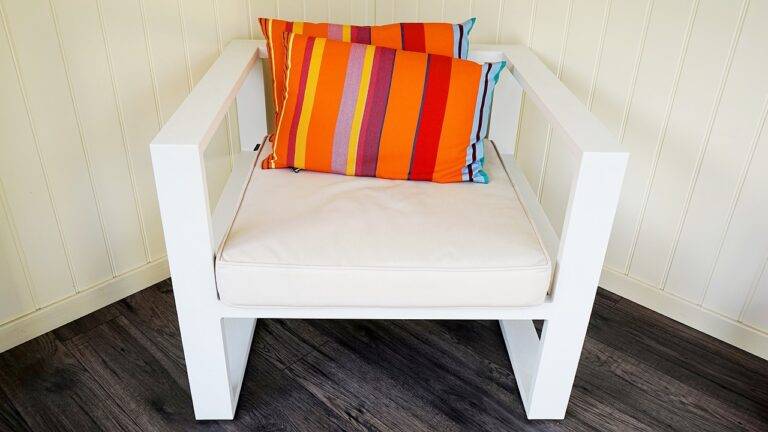Crafting Custom Furniture for DIY Home Improvement
When creating custom furniture, it’s crucial to avoid the mistake of failing to properly plan and measure before starting a project. Rushing into woodworking without precise measurements and a detailed plan can lead to costly errors and wasted materials. Take the time to sketch out your design, consider dimensions carefully, and double-check all measurements before making any cuts or assembling pieces.
Another common mistake to steer clear of is ignoring the quality of materials used in custom furniture projects. Opting for cheap, low-quality materials may seem like a cost-effective choice initially, but it can compromise the durability and overall look of your finished piece. Invest in high-quality wood, hardware, and finishes to ensure that your custom furniture not only looks great but also stands the test of time.
Selecting the Right Materials for Your DIY Furniture Project
When embarking on a DIY furniture project, the materials you choose play a crucial role in the outcome of your creation. Opting for high-quality materials ensures durability and longevity of your furniture piece. It is important to consider factors such as the type of wood, hardware, and finishes that will best suit your project’s design and functionality.
When selecting wood for your DIY furniture project, it is essential to choose a suitable type that aligns with your design aesthetic and budget. Hardwoods like oak, maple, and cherry are popular choices for their durability and classic appeal. On the other hand, softwoods such as pine and cedar are more budget-friendly options that are easier to work with but may require more maintenance in the long run.
• Hardwoods like oak, maple, and cherry are durable and have a classic appeal
• Softwoods such as pine and cedar are budget-friendly options that are easier to work with
• Softwoods may require more maintenance in the long run
When it comes to hardware for your DIY furniture project, selecting the right pieces can make a significant difference in both the functionality and aesthetics of your piece. Consider factors such as the type of hinges, drawer slides, knobs, and pulls that will complement your design while also providing durability and ease of use. Investing in high-quality hardware will ensure that your furniture piece not only looks good but also functions smoothly for years to come.
• Choose hinges, drawer slides, knobs, and pulls that complement your design
• Invest in high-quality hardware for durability
• Ensure hardware provides ease of use for functionality
Lastly, finishes play a crucial role in protecting your DIY furniture project from wear and tear while also enhancing its overall appearance. Different types of finishes such as paint, stain, varnish or wax offer varying levels of protection against moisture, scratches, UV rays etc. It is important to choose a finish that suits the type of wood you are using as well as the intended use of the furniture piece.
• Paints provide color options along with protection
• Stains enhance natural beauty while offering some protection
• Varnish offers strong protection against wear and tear
• Wax provides a soft sheen finish along with some level of protection
Understanding Different Woodworking Techniques for Custom Furniture
When creating custom furniture, it is essential to grasp various woodworking techniques to achieve the desired outcome. One fundamental technique is joinery, which involves connecting pieces of wood securely. Common joinery methods include dado joints, dovetail joints, and mortise and tenon joints, each offering structural integrity and aesthetic appeal to the piece.
Another crucial woodworking technique is wood finishing, which enhances the appearance and durability of custom furniture. Finishing techniques such as staining, painting, and varnishing not only protect the wood from moisture and scratches but also bring out the natural beauty of the grain. Proper application of finishes can transform a basic piece of furniture into a stunning work of art that complements any space.
What are some common mistakes to avoid when crafting custom furniture?
Some common mistakes to avoid include not measuring accurately, using the wrong tools for the job, and not sanding properly before finishing.
How do I select the right materials for my DIY furniture project?
When selecting materials, consider factors such as the type of wood, its durability, and how it will fit with the overall design of your project. Make sure to choose materials that are appropriate for the intended use of the furniture.
What are some different woodworking techniques that can be used for custom furniture?
Some common woodworking techniques for custom furniture include dovetail joints, mortise and tenon joints, and wood carving. Each technique has its own strengths and can be used to create unique and beautiful furniture pieces.







